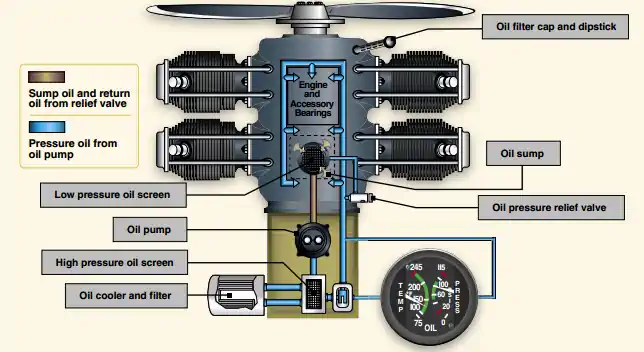
HUMAN FACTORS
Human factors has gained an important role in modern aviation. According to the FAA "Human Factors is defined as a
“multidisciplinary effort to generate and
compile information about human
capabilities and limitations and apply
that information to equipment, systems,
facilities, procedures, jobs,
environments, training, staffing, and
personnel management for safe,
comfortable, and effective human
performance” (p. 1).
Personally, I define human factors as anything related that affects performance that is unrelated to technical skills. In past decades, the main focus of airlines, federal agencies and manufacturers was on technical skills. Training was targeted to improve only the pilot´s handling and knowledge of the airplane and its system. Nowadays training has diversified into several layers, taking into account that accidents occur mostly for pilot error. Training is now developed in a way that takes into consideration the human factor of aircraft operation. One key aspect of this is communication, which is part of Crew Resource Management.
One clear example of the importance of group communication is during critical phases of flight. The FAA established a mandatory regulation: below 10,000 ft. conversations inside the cockpit should only be related to the operation of the aircraft. During emergencies communications must be even more efficient in order to convey just the necessary information to controllers and crew in order to ensure the best possible outcome.
References
Federal Aviation Administration (n.d.). Role of Human Factor in the FAA. http://www.hf.faa.gov/media/RoleOfHF-FAA.pdf
Aviation Consulting Group (n.d.). [Image of different words]. Aviation Consulting Group. https://www.tacgworldwide.com/Human-Factors-Training

